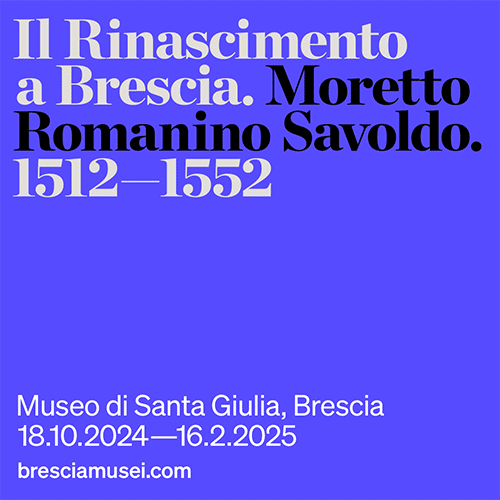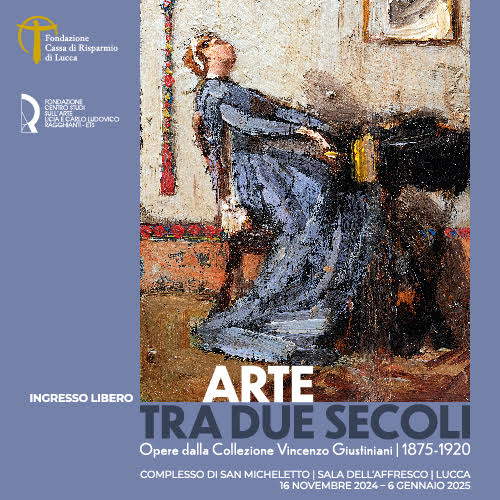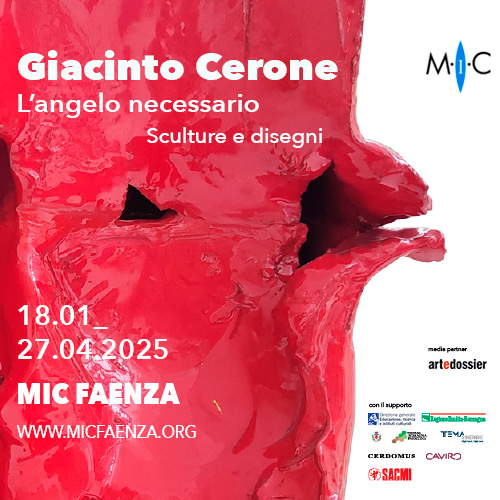Portrait of Medea Taci, a work attributed to the young Amedeo Modigliani, goes up for auction.
Going up for auction in a few days is a controversial painting, the Portrait of Medea Taci, which has for years been at the center of a debate over its attribution to Amedeo Modigliani. But this is not the only peculiarity of the L’École de Paris auction to be held next May 31 at 3 p.m. at Pananti ’s in Florence, with the exhibition open from May 21 to 30 from 10 a.m. to 1 p.m. and 2 p.m. to 7 p.m.: in fact, the sale will guarantee fans of the Leghorn artist the opportunity to compete for as many as eight works, seven drawings and, indeed, the portrait. This is a thematic auction: seventy lots by artists who frequented early 20th-century Paris and gravitated around Modigliani will be on sale. Highlights include a sheet with sketches by Henri de Toulouse-Lautrec (estimate 6,500-8,500 euros), several lithographs and drawings by Théophile Alexandre Steinlen, the famous author of the Tournée du Chat Noir poster (you can take home a drawing of a cat by him, estimate 1.000-1,500 euros, and a canvas depicting two more cats, 2,000-3,000 euros), a pochoir by Raoul Dufy (4,000-6,000). Also for sale are five paintings by Jeanne Hebuterne, Modigliani’s companion: they range from a portrait of her brother André estimated 25,000-30,000 to the more expensive Portrait of Eudoxie Hebuterne, his mother, estimated 80-100,000, all works moreover already shown in exhibitions on Modigliani. There are also six paintings by André Hebuterne, with lower quotations: ranging from a pair of port views that start at an estimate of 1,000-2,000 euros to a Landscape (La porte d’Espagne) estimated 6,000-8,000.
Eight, it was said, are works by Modigliani. First to be hammered out will be a sheet drawn on both sides, also exhibited at the 1984 exhibition of centenary drawings, published in the catalog raisonné of Modigliani’s drawings and watercolors, with an estimate 15,000-20,000 euros. Next is the drawing The Friar, same dimensions (21 x 12), estimate 25,000-35,000. Higher is the estimate of the following drawing, Les pampas Pampadour of 1916, estimated 70-90,000 euros, a work with a long exhibition history as well as the subsequent Nu assis of 1915 , which will start from an estimate of 30,000-40,000. It will then be the turn of Portrait of Oscar Miestchaninoff, a work from the collection of Jeanne Modigliani, the artist’s daughter, and valued at 40,000-50,000 euros. The following Portrait of Amilcare Richard from 1919 is the most expensive drawing: estimated at 100,000-120,000 euros for a work that also bears the artist’s dedication and was shown in a number of exhibitions between 2005 and 2006. In contrast, it was owned by Leopold Zborowsky the 1917 Nude of a Woman , which will go to auction with an estimate 70,000-90,000.
The auction will close precisely with the Portrait of Medea Taci, whose estimate has not been published by Pananti (available on request), but the work has been insured for a value of about 500,000 euros. The portrait has been hotly debated ever since it was brought to the attention of scholars and the public in 2005: since then, critics have been divided between those who consider it an autograph and those who have dismissed the attribution. The work has been notified by the Soprintendenza since 2010: therefore, it cannot leave Italy. According to critics in favor of the attribution, it is a rare youthful painting, the only surviving evidence of Modigliani’s eventual stay in Sardinia (of which, however, there is no certain evidence, although many scholars, especially local ones, have collected several indiriz), measuring 32 by 23 centimeters, depicting the young Medea Taci, who died in 1898, at the age of only 20, following meningitis: a posthumous portrait, probably based on a recently identified photograph. “Medea Taci,” explained superintendence official Maura Picciau in her report fourteen years ago, “was one of the three children of Tito Taci, a hotel entrepreneur who came from Florence to Iglesias in 1870, where he founded the Leon d’Oro Hotel, which opened in 1872 and was very popular.” It seems that Tito Taci was linked by friendship and professional relations with Flaminio Modigliani, Amedeo’s father: according to what we know, Modigliani’s father had to travel several times to Sardinia, Iglesias for business reasons.
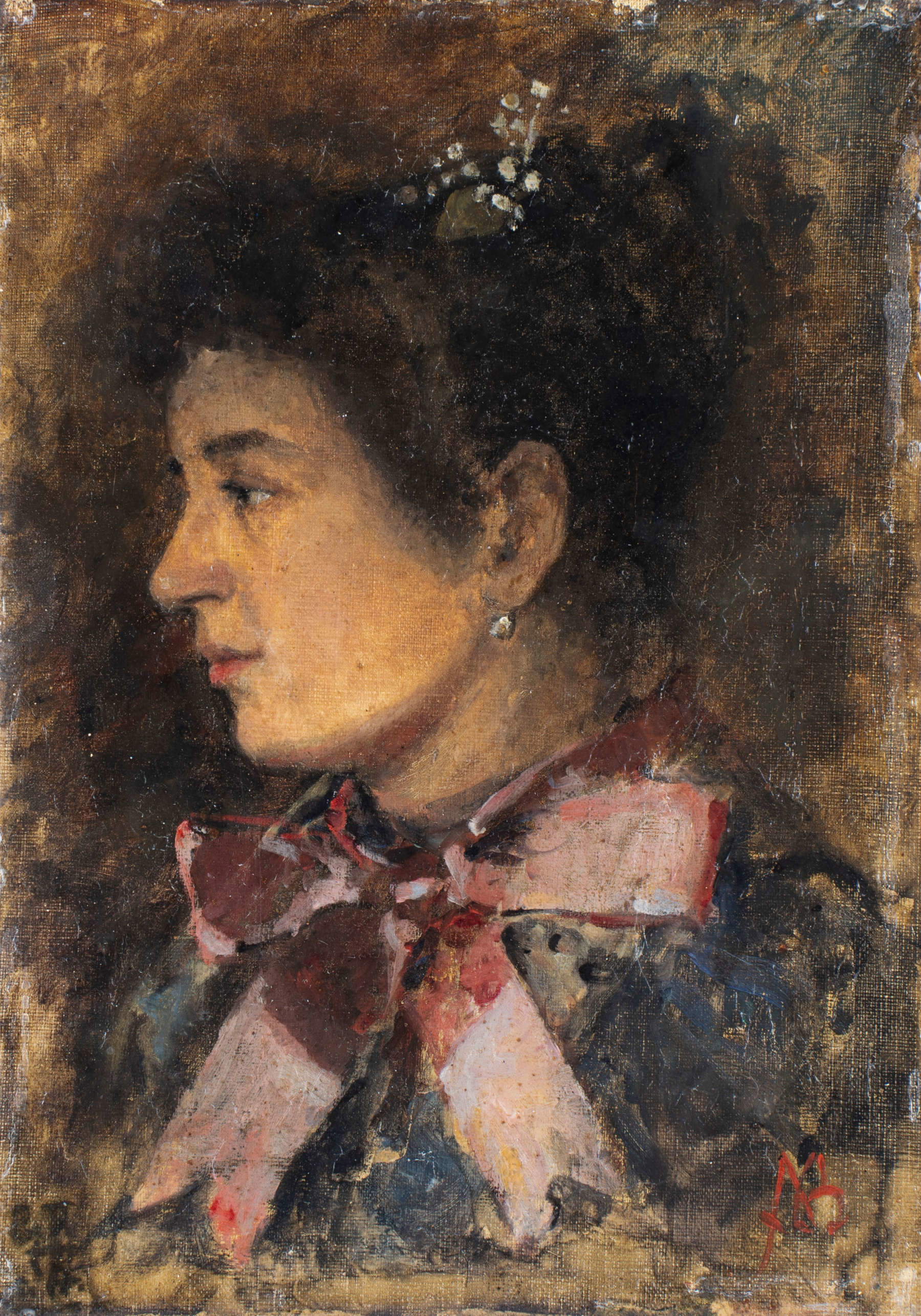
“Jeanne Modigliani had a long period of research in Sardinia,” said Christian Parisot, former president of the Modigliani Archives, and convinced that the young Modigliani also had to follow his father on the journeys that took him from Cagliari to Iglesias and from there to Grugua, the locality where Flaminio had the estate that, with its products (oil, wine, citrus fruits), supplied the restaurant of the Leon d’Oro hotel. His father later lost the estate through bankruptcy, but according to those in favor of the attribution, young Amedeo would still have continued to travel to Sardinia, staying at the Leon d’Oro where he would have met Taci’s children, including Medea herself. “The painting,” Picciau explains, “was always kept by the Taci family and guarded for decades by his sister Clelia in Belgium, who in turn donated it to the Meloni nephews, the current owners, with the express wish that it return to Sardinia, a land so beloved by Medea.”
In 2021, the painting was also at the center of a parliamentary question signed by Margherita Corrado of the Mixed Group and signed by five other senators, who asked the then minister of Dario Franceschini whether he did not consider promoting a review of the constraint placed on the portrait of Medea in 2010 “limited to the data on the authorship of the painting, subjecting it to a commission of experts and all the diagnostic tests possible today.” The question questioned the reliability of the reconstruction linking Modigliani’s activity to a possible Sardinian sojourn, since there is a lack of documentary evidence of the painter’s presence on the island. Over the years, Fabrizio Checchi, president of the Amedeo Modigliani Foundation, who entrusted his skepticism to a Facebook post, and collector Carlo Pepi, who released his own opinion against the attribution to the Sardinian newspaper Nemesis. Instead, in favor of the authorship were Christian Parisot (who had already included it in 2012 in his catalog raisonné of Modigliani’s works), and Roberto Sabatelli, the latter a painter and former director of the Pinacoteca Civica di Follonica, who in a video in the auction house’s Casa Pananti web-series advanced the arguments that in his opinion support the autograph: in particular, according to Sabatelli, the artist would have painted the portrait of Medea Taci according to the Macchiaioli manner learned in his native Livorno (particularly revealing, according to Sabatelli, would be the tiara worn by the young woman), plus the monogram with which the artist signed the work would be a typical hallmark of his. Parisot, on the other hand, again in a video published by Pananti, adduces in favor of the attribution the compatibility between the colors of the painting and those of the works of his maturity, stating that Modigliani never changed his way of painting throughout his career, keeping it unchanged from his youthful start to his extreme works: “Amedeo Modigliani,” he said, “painted almost exclusively with earths. This choice of his typically Tuscan colors we have from the Portrait of Medea to 1919 with the portrait of Casimir Hebuterne, identifying his painting even better than his signature. And he is the only artist in the world who has dedicated his life to portraiture, the Portrait of Medea has the same color choices as the Casimir Hebuterne of ’19.”
And of course, the superintendency spoke in favor, affixing a bond to the work, as mentioned, in 2010. “A very rare and felicitous testimony of the Tuscan painter’s early production - a production almost totally lost, according to the painter’s wishes - the painting is the only survivor of the Sardinian years, although there remains memory of another painting exhibited for decades in the offices of the Monteponi Mine,” Picciau’s report reads. “The portrait of Medea is made on a fine canvas with direct touch brushstrokes, with no preparatory layer and no drawing underneath; the chromatic matter is thin and lean, so much so that the canvas underneath leaks out; the state of preservation is good also thanks to constant maintenance. A pleasing work in its earth-based color arrangements, the profile portrait fits into the groove of contemporary Tuscan Macchiaioli painting, revealing bourgeois manners close to Silvestro Lega but also mindful of the popular portraiture of Francesco Paolo Michetti and Antonio Mancini.”
According to the superintendency, the painting is of particular interest for two reasons: first, “it is very significant in the artistic life of the great modernist painter, as it constitutes one of the very few documents of his youthful activity.” Second, “the work is of interest to local history as it testifies to the cultural presence activities of important Tuscan entrepreneurial families in post-unification Sardinia, aimed at industrial and mining development.”
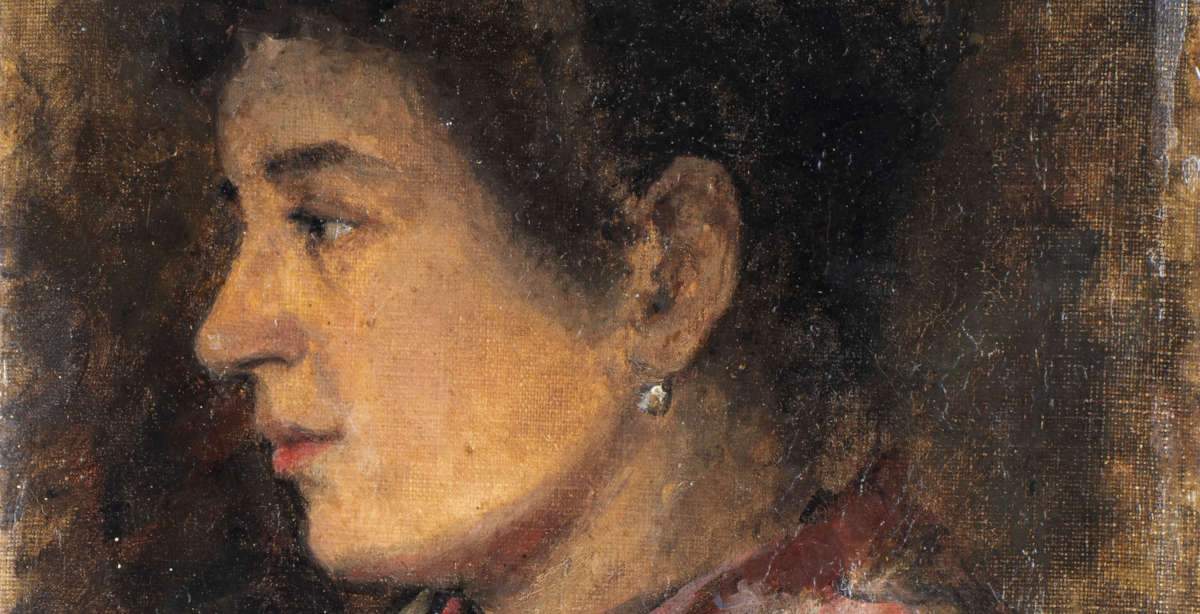 |
| Portrait of Medea Taci, a work attributed to the young Amedeo Modigliani, goes up for auction. |
Warning: the translation into English of the original Italian article was created using automatic tools. We undertake to review all articles, but we do not guarantee the total absence of inaccuracies in the translation due to the program. You can find the original by clicking on the ITA button. If you find any mistake,please contact us.






